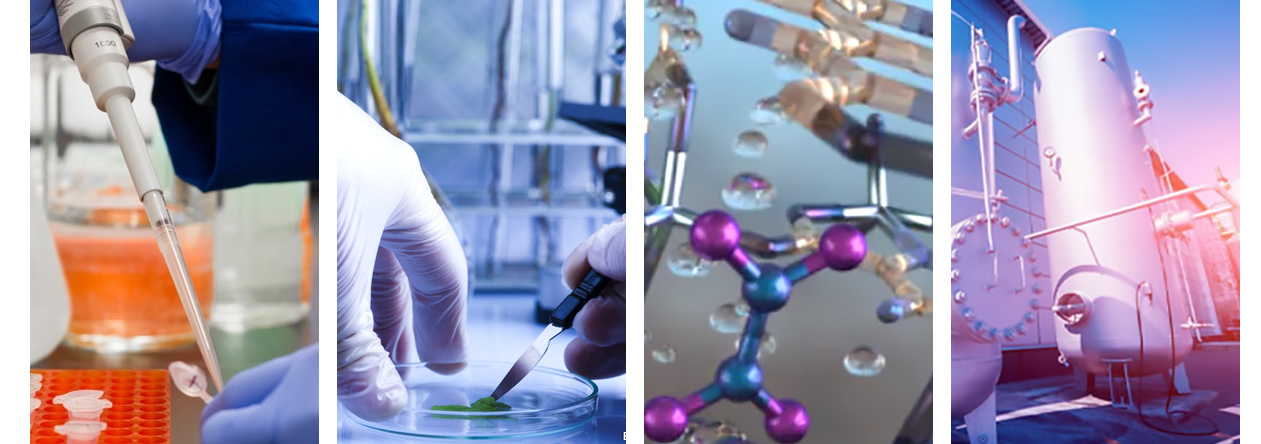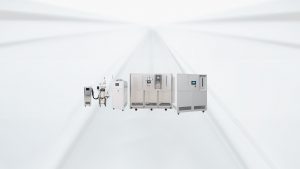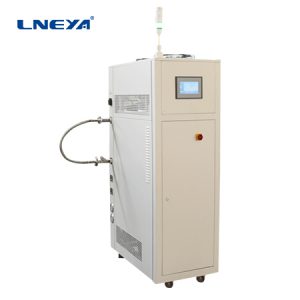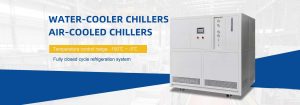레이저 냉각기를 선택하는 방법은?

The term laser is an acronym for light amplification by stimulated radiation. When the electrons in the atoms of optical materials (such as glass, crystal or gas) absorb the energy of the current, a laser is generated. The increased energy excites electrons and moves their orbits from low energy to high energy to produce electromagnetic radiation. In normal light, light waves move in different wavelengths and directions. Each wavelength has a different color, with peaks and valleys. The light looks white when viewed with the naked eye. In a laser beam, light is coherent and moves in the same direction, and all wave peaks and troughs move together. Amplified light can produce a lot of heat energy. When the light emitted by the laser shines on the surface, its light energy changes from light energy to heat energy, thus cutting, melting or burning materials. The result of this process is that the heat generated must be removed to ensure the efficiency of the laser and avoid damaging it. Industrial lasers use a variety of coolers and cooling methods to maintain a constant temperature. The laser cooler is designed to remove heat from the laser process to maintain the laser wavelength and ensure the quality of the laser beam. Powerful water-cooled chillers are used with high-power lasers, while low-power lasers can be cooled in other ways, such as various types of fans.
When selecting a laser refrigerator, it is important to select a refrigerator that matches the type of laser used. Laser cooler is used for: UV laser CO2 laser glass tube Semiconductor CO2 RF tube laser Fiber laser for cutting, marking and engraving.
Cold plate: it is a key component for cooling the laser and is used together with the circulating cooler system. There are several forms of cold plate, including tubular and aluminum vacuum brazing.
Tubular cold plate is a flat metal plate with channels on one or both sides of the plate for fixing tubes bent back and forth on the surface of the plate. The coolant flows to the laser beam through a pipe. The inlet and outlet of the pipe are connected to the coolant source. The pipe has good surface to surface contact to optimize heat transfer.
The aluminum vacuum brazing cold plate has a corrugated aluminum fin, which is brazed to the fluid cavity below the cold plate mounting surface. The fins in the cold plate generate turbulence, which reduces the thermal resistance. The size of aluminum vacuum brazing cold plate varies from several inches to hundreds of inches.
The cold plate can be installed on the laser and receive coolant from the cooler. The hot liquid from the process is then transferred back to the cooler. In some cases, the cold plate can be designed as the electrode of the laser system.
관련 권장 사항
-
Temperature control of integrated circuit/chip wafer quality and reliability test items
1291The most basic part of making a chip is design-tape-package-test. The chip cost structure is generally 20% of labor cost, 40% of tape, 35% of package, and 5% of test. The test is actually the most in all aspects of the chip. "Cheap" step, but the...
세부 정보 보기 -
Configuration form of circulating heating unit for laboratory
966The standard model of the circulating heating unit for LNEYA laboratory is: SUNDI, the temperature range is from room temperature to minus 120 degrees Celsius, and the capacity can be divided into 5L, 10L, 20L, 30L, 40L, 50L, 80L, 100L, larger cap...
세부 정보 보기 -
신에너지 자동차 모터 종합 테스트 시스템
1180LNEYA 신에너지 자동차 모터 통합 테스트 시스템을 실행할 때 제어판 설정이 필요합니다. 설정시 사용자가 사용 방법을 모르는 경우 설명서를 확인하여 사용할 수 있습니다. 새로운 에너지의 지표 ...
세부 정보 보기 -
진공 펌프 온도 제어 시스템 사용에 대한 오해
968When using the vacuum pump temperature control system, only the correct operation method can ensure the normal and stable operation of the equipment. If there are many wrong operation behaviors, it will directly affect the normal use of the equipm...
세부 정보 보기
 LNEYA 산업용 냉각기 제조업체 공급 업체
LNEYA 산업용 냉각기 제조업체 공급 업체














